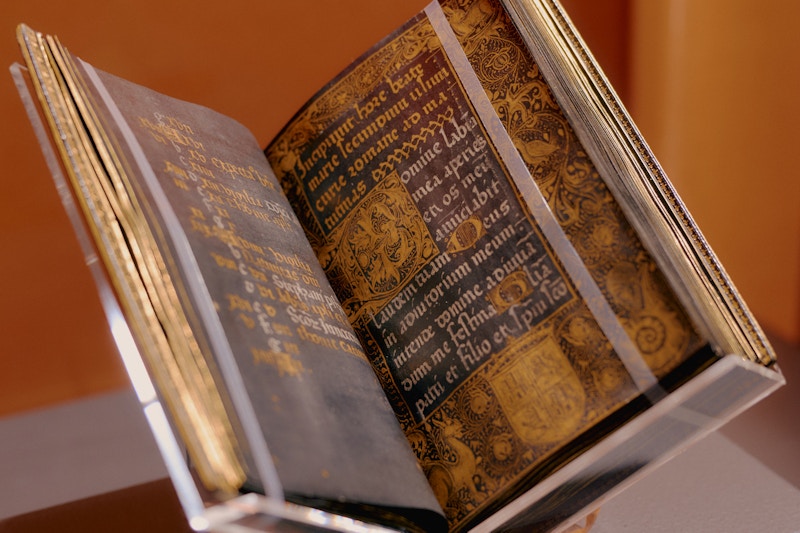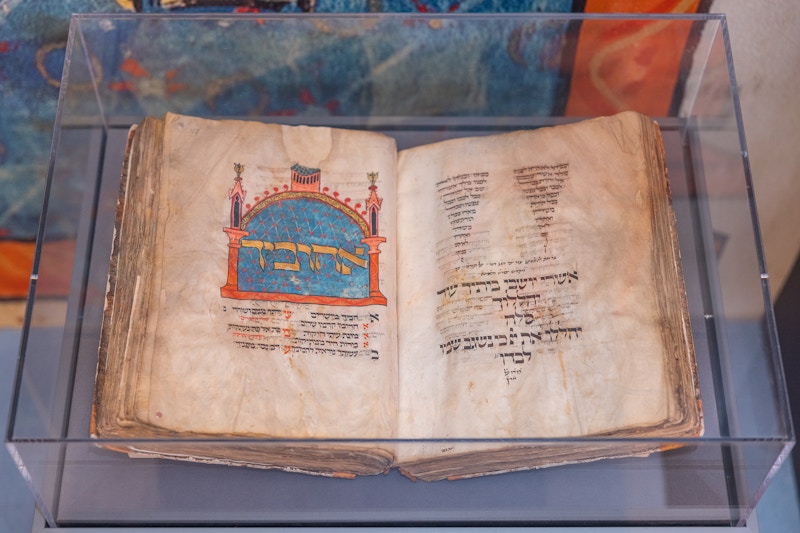
Volkenkunde Museum: Restoring The Kawahara Keiga Screen
Restorient invites you inside their studio to give you an exclusive view of the Kawahara Keiga screen during its restoration
- By TEFAF Editorial
- Museum Restoration Fund
The Museum Volkenkunde is one third of the National Museum of World Cultures, alongside the Tropenmuseum in Amsterdam, and the Africa Museum in Berg en Dal. Together, the museums are custodians of the Dutch National Collection, with over 450,000 objects and 1,000,000 photographs from around the world. The National Museum of World Cultures recently discovered and acquired the unknown and unique screen, ‘View of Deshima in Nagasaki Bay’, by Japanese artist Kawahara Keiga.
The screen, which dates from 1836 or shortly after, consists of eight panels. At the time of its production, the Dutch were the only Europeans permitted to trade with Japan and only from their base on the artificial island of Deshima. The Dutch ship Marij en Hillegonda, which features prominently in the painting, sailed to Japan just once. Keiga has the privilege of being able to enter Dehima freely, which enabled him to create a visual record of Japanese-Dutch relations.
The work, a key record of Japanese-Dutch relations, cannot, in its current state, be shown to the public, nor can it travel. The condition of the screen requires a full restoration and, when the conservation process is complete, the screen will function as a gateway object introducing visitors to the full breadth of the Japan collections on Museum Volkenkunde, inviting them to gain a deeper understanding of life in Japan in the early 19th century and the unique role of the Dutch trade during that era.

Left: before restoration; Right: after restoration.





